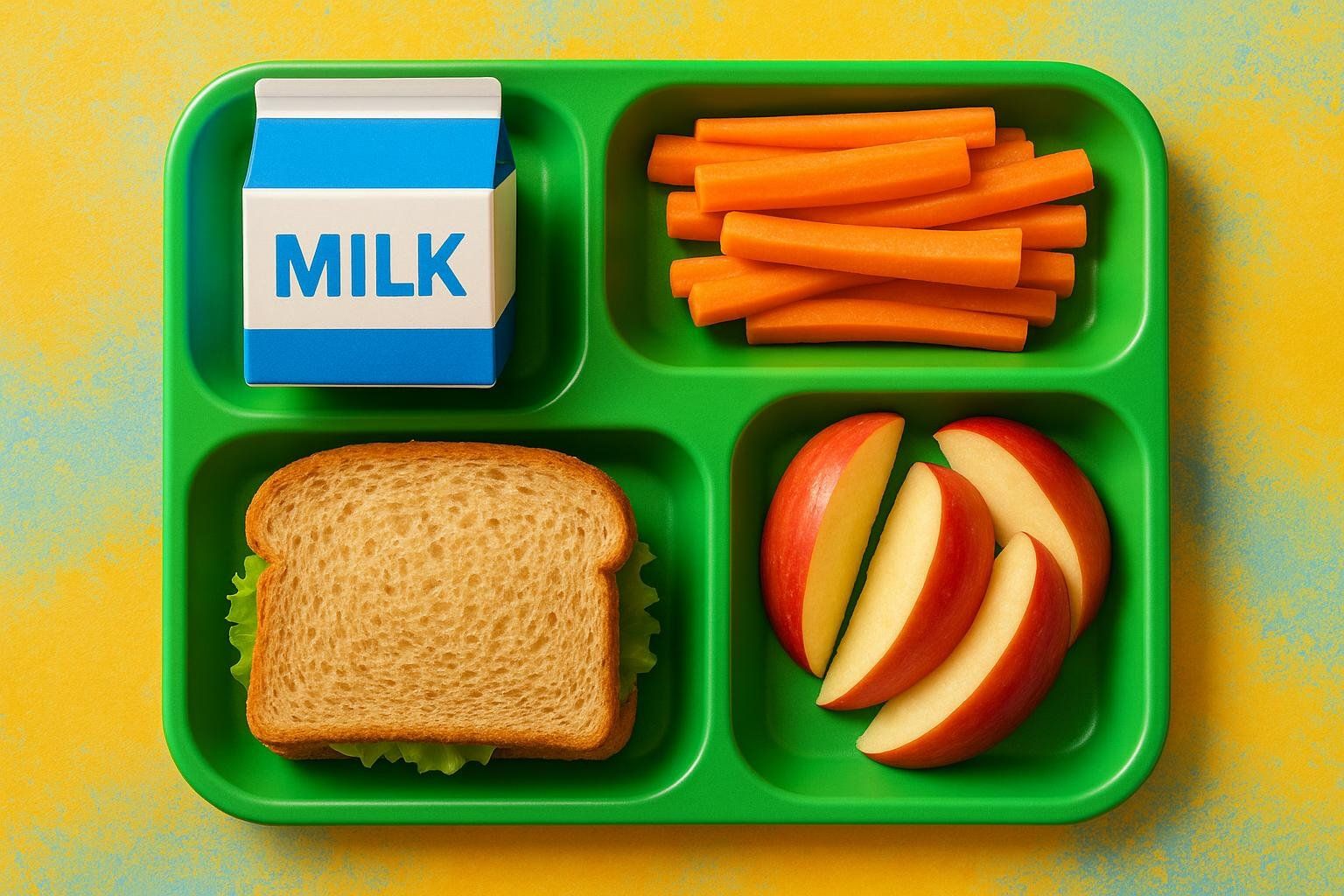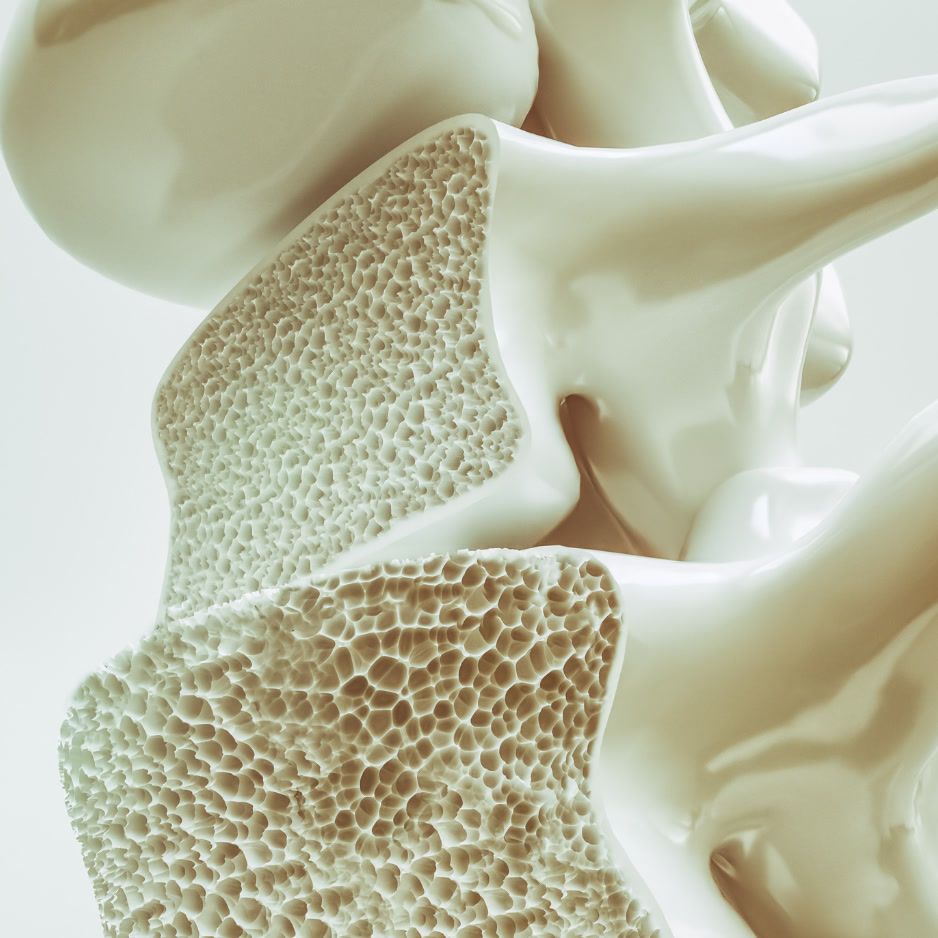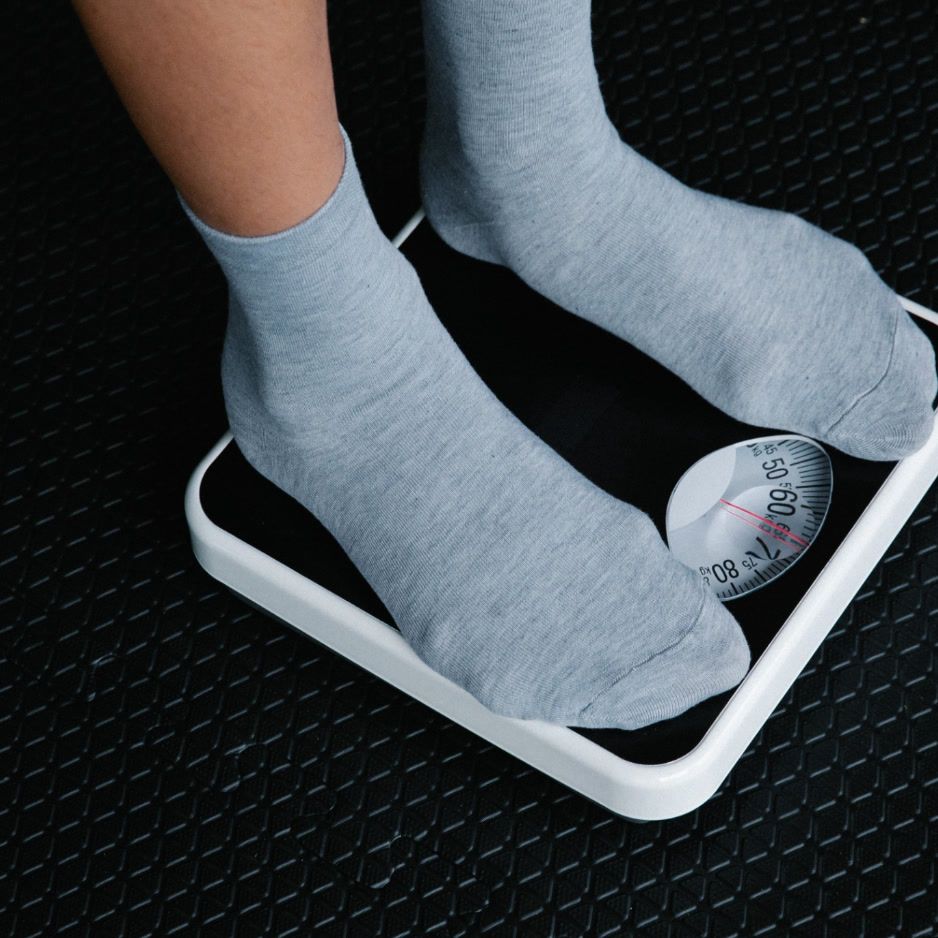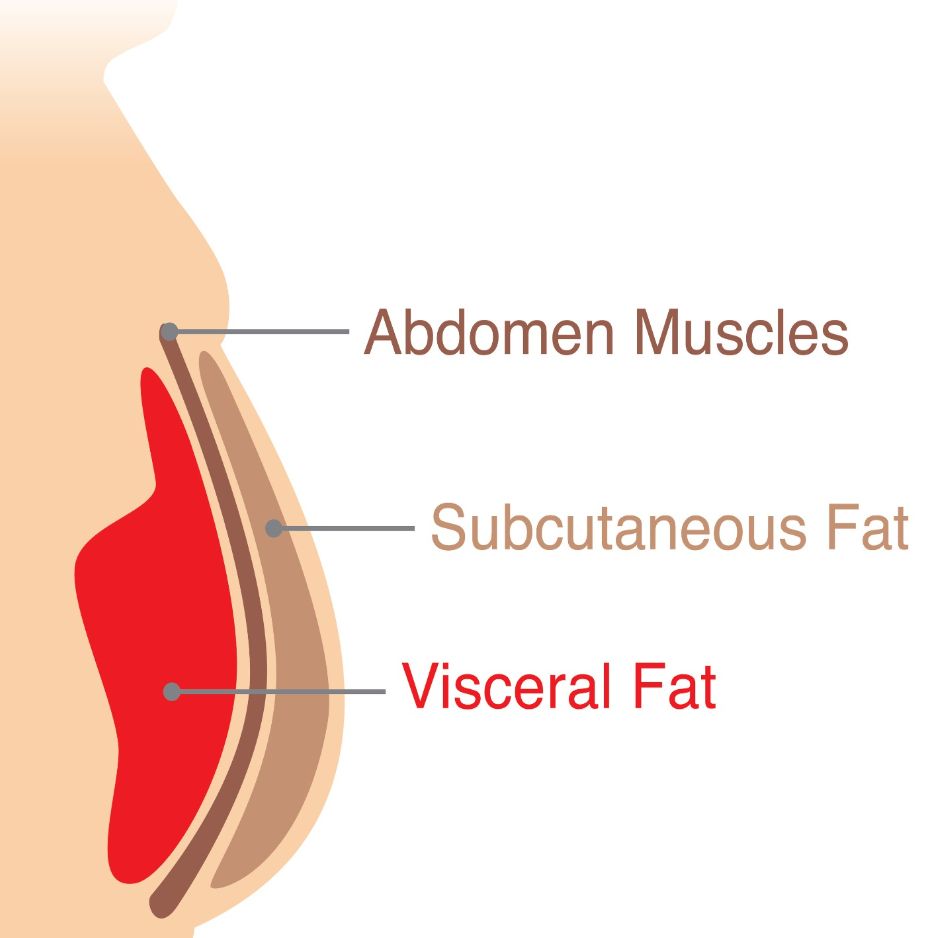MAHA: A Clear Guide to the Federal Health Initiative

MAHA: A Clear Guide to the Federal Health Initiative
MAHA shows up across federal sites and headlines, but here it refers to a White House–led effort aimed at reversing childhood chronic disease trends. This guide synthesizes official documents and credible sources so you can understand what MAHA is, why it matters, and how it could affect daily life. BodySpec does not provide medical advice; we aggregate credible information to support informed conversations with your healthcare provider. This article focuses on the federal health policy initiative—not similarly named organizations or programs in other domains.
What is MAHA?
Make America Healthy Again (MAHA) is a federal initiative created by a presidential executive order establishing the President’s Make America Healthy Again Commission. The commission—chaired by the U.S. Secretary of Health and Human Services (HHS)—was tasked with assessing the childhood chronic disease crisis and proposing a government-wide strategy (Executive Order establishing the Commission; White House MAHA overview).
The Commission’s required outputs were:
- An initial assessment summarizing the crisis and likely drivers (Commission’s initial assessment).
- A government-wide strategy with recommended actions (Make Our Children Healthy Again Strategy; see synopses in the HHS press office coverage and the USDA press room coverage).

Why was it launched?
The White House assessment highlights rising trends in pediatric obesity, prediabetes, neurodevelopmental disorders, mental health conditions, allergies, autoimmune conditions, and cancer. It outlines four broad drivers to investigate: diet quality, cumulative environmental exposures, physical inactivity and chronic stress, and potential harms from overmedicalization (see the Commission’s initial assessment).

Timeline — key milestones at a glance
- Feb 13, 2025: Executive order establishes the MAHA Commission (Executive Order).
- May 22, 2025: Commission releases the initial MAHA Assessment (Initial assessment PDF).
- Sep 9, 2025: Strategy report released with 100+ recommended actions (Strategy PDF; see HHS press office coverage and USDA press room coverage).
- Ongoing: HHS launched a public “MAHA in Action” tracker highlighting federal and state steps aligned to the strategy (HHS tracker).

What’s in the MAHA Strategy?
The following highlights synthesize the White House strategy document, with plain-language titles and examples (see the Make Our Children Healthy Again Strategy and the HHS press summary):
- Research priorities: nutrition and metabolic health, cumulative chemical exposures, gut microbiome, autism, mental health, and the use of AI for earlier diagnosis and prevention.
- Food policy: developing a definition of “ultra-processed food,” revising front-of-pack labeling, reforming the GRAS process, and evaluating limits on certain petroleum-based food dyes across programs.
- Health-system incentives: Medicaid quality metrics that reward prevention, hospital food standards, and expanded nutrition education for clinicians.
- Environmental and agriculture: evaluating microplastics and PFAS, and scaling precision agriculture to reduce pesticide volumes.
Important: many items are recommendations that require agency rulemaking, interagency coordination, or state-level action. Analysts expect material implications for food, agriculture, and environmental regulation if implemented (see this legal analysis of the MAHA strategy).
How might MAHA show up in everyday life?

- Food labels and school meals: Expect proposals on UPF definitions, front-of-pack labels, and additive reviews; some states are already moving on dyes in schools (see HHS press summary and the HHS tracker).
- SNAP waivers: USDA is working with states that seek to limit sugary drinks and candy in benefits programs (see the HHS tracker).
- Clinical guidance and coverage: CMS and CDC are reviewing food standards in hospitals and quality measures that reward prevention (see the Strategy PDF).
- Research transparency and conflicts of interest: Agencies outline steps to increase disclosure for advisory committees and research funding (see the Strategy PDF).

Q&A on Related Health Topics
These topics generate ongoing public debate. Here is what leading health authorities report based on available evidence:
Q1) Do vaccines cause autism?
- Multiple large studies and ongoing surveillance have not found a causal link between routine childhood vaccines and autism (CDC vaccine safety overview).
- The CDC’s Vaccine Safety Datalink monitors rare adverse events in near��–real time using millions of health records.
- The CDC’s ACIP develops vaccine guidance in public meetings with posted evidence reviews and votes.
- In 2025, ACIP recommended COVID-19 vaccination via shared clinical decision-making for everyone ≥6 months, noting the benefit is greatest for higher-risk groups (ACIP recommendation details).

Q2) Is Tylenol (acetaminophen) in pregnancy linked to autism or ADHD?
Some observational studies have raised questions about acetaminophen and neurodevelopmental outcomes. Here’s where major authorities currently stand:
- American Academy of Pediatrics (AAP): No causal connection between acetaminophen and autism; appropriate pediatric dosing remains supported.
- U.S. Food and Drug Administration (FDA): Acetaminophen is safe and effective when used as directed. During pregnancy, discuss any medication with your clinician.
- American College of Obstetricians and Gynecologists (ACOG): Recent high-quality analyses—including a 2024 JAMA study—found no significant associations between acetaminophen use in pregnancy and children’s risk of autism, ADHD, or intellectual disability.
Q3) Are artificial food dyes being banned?
The MAHA strategy recommends limiting or phasing out certain petroleum-based dyes, but many steps require FDA/USDA rulemaking or state action before any nationwide changes take effect (see the Strategy PDF and HHS press summary). Meanwhile, some states are moving faster in school settings (see the HHS tracker).
Practical health takeaways you can act on now
Regardless of policy debates, three habits consistently move the needle on metabolic health:
- Prioritize whole, minimally processed foods; aim for protein, fiber, and color at each meal. For a simple, step-by-step framework, see our practical guide to improving body composition and use those meal-building principles to support better glucose control.
- Move daily: combine strength training with brisk walking or cycling to improve insulin sensitivity and preserve lean mass. If you’re new to pairing resistance training with cardio, our explainer on losing fat and gaining muscle at the same time shows how to set reps, sets, and weekly volume.
- Measure what matters: visceral fat and lean-mass trends tell you if your plan is working. A DEXA scan precisely measures fat, muscle, and bone—including estimates of visceral fat—so you can adjust with confidence. Learn the basics in What is visceral fat?. To go deeper, see our step-by-step plan in How to lose visceral fat.
FAQs
- What does MAHA stand for? Make America Healthy Again — a federal initiative focused on childhood chronic disease (White House overview).
- Who leads it? A White House Commission chaired by the HHS Secretary coordinates actions across agencies (Executive Order establishing the Commission).
- Is MAHA changing the U.S. vaccine schedule? ACIP continues to set vaccine recommendations via public evidence review; in 2025 it moved COVID-19 recommendations to shared clinical decision-making for all ages (CDC ACIP; 2025 COVID-19 recommendation details).
- Where can I see state-level actions? HHS launched a “MAHA in Action” tracker that summarizes federal and state reforms in areas like food additives, school policies, and SNAP waivers (HHS tracker).
- Is there a political action committee tied to MAHA? A separate MAHA PAC supports aligned candidates and priorities; you can view its platform and filings for details (MAHA PAC).
- What about criticisms or debates? Analysts highlight both support and pushback on elements like dyes, UPFs, and environmental toxins; legal and business updates are tracking likely impacts as agencies act (see this legal analysis of the MAHA strategy).
Bottom line
- MAHA is an evolving, federal strategy to reduce childhood chronic disease through food, environmental, clinical, and education levers.
- Decisions about vaccines, medications, and other health questions should follow evidence and clinician guidance, using sources like ACIP, FDA, and AAP for context.
- Regardless of national policy changes, tracking your own data — body fat distribution, lean mass, bone density — gives you control. A DEXA scan helps you spot progress early and adjust your plan with precision; see why a DEXA scan can help you track change.


